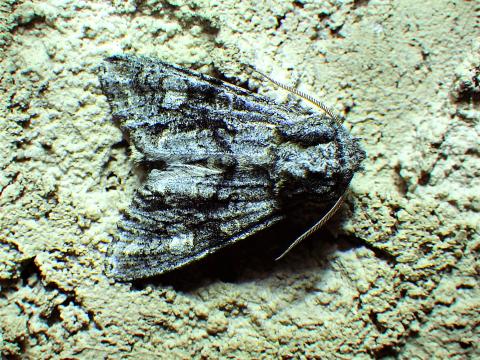Editor’s note: Starting July 3, the National Trust for Canada is hosting Historic Places Days. All next month, RETROactive will feature blog posts highlighting places to explore and events to participate in.
Written by: Jared Majeski, Historic Resources Management Branch
After more than a year of being shuttered, historic sites and museums around Alberta are beginning to reopen. And with some restrictions and caution around traveling, it’s the perfect time to go head out and explore the sites right in your own backyard!
While some self-guided sites like the Okotoks Erractic, Brooks Aqueduct and Frog Lake Provincial Historic Site have been accessible for several months now, some of the larger historic sites, museums and interpretive centres are now ready to open their doors. Below is a quick roundup of reopened historic sites; click on the visitor guideline links to learn how each site is keeping visitors and staff safe.
Frank Slide Interpretive Centre
Located in the stunning Crowsnest Pass, the interpretive centre tells the story of Canada’s deadliest rock slide.
Visitor guidelines
Head-Smashed-In Buffalo Jump
Through vast landscapes, diverse programming and exhibits, you can experience 6,000 years of Plains Buffalo culture at this UNESCO-designated World Heritage Site.
Visitor guidelines
Provincial Archives of Alberta
The archives acquires, preserves and publicly makes available records from government, individual people and organizations for researchers of all ages. Along with the PAA opening its doors to the reading room again, they are also unveiling a brand new exhibit about the history of beauty competitions and pageants in Alberta.
Visitor guidelines
Remington Carriage Museum
The largest museum of its kind in the world, the Remington Carriage Museum tells the story of horse-drawn transportation in North America.
Visitor guidelines
Reynolds-Alberta Museum
Located in Wetaskiwin, the Reynolds-Alberta Museum interprets Alberta’s mechanical heritage through authentic interactions, exhibits and hands-on programming.
Visitor guidelines
Royal Alberta Museum
The Royal Alberta Museum (RAM) is the largest museum in western Canada and one of the top museums in Canada. Located in the Arts District in downtown Edmonton, the museum helps to collect, preserve, research, interpret and exhibit objects and specimens related to the heritage of Alberta’s people and natural environment
Visitor guidelines
Royal Tyrrell Museum of Palaeontology
The Royal Tyrrell Museum of Palaeontology is Canada’s only museum dedicated exclusively to the study of ancient life. In addition to featuring one of the world’s largest displays of dinosaurs, the museum offer a wide variety of creative, fun, and educational programs that bring the prehistoric past to life.
Visitor guidelines
Ukrainian Cultural Heritage Village
A short drive east of Edmonton, at the Ukrainian Cultural Heritage Village you’ll hear stories of solitude, survival, and perseverance while discovering how Ukrainian immigration made a significant impact on Alberta’s cultural identity.
Visitor guidelines








